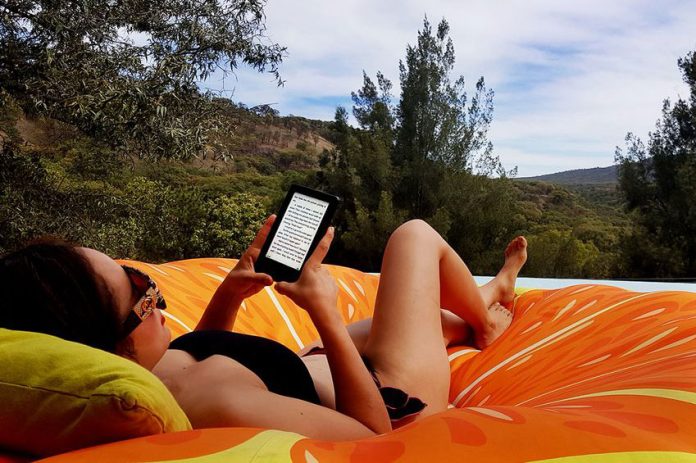If you live in Mexico, finding good books in English is difficult in the best of times and a major headache when a pandemic has you under siege.
On March 20, my favorite bookshop in Guadalajara, La Perla Records and Books, closed its doors in solidarity with the stay at home coronavirus measure.
I would like to suggest e-books as an alternative, but if you are as old as I am, you probably have a firm prejudice against them. Still and all, I beg you to let me state my case in their favor. Bear with me!
The most common reaction to e-books (on the part of pre-millennials) is “I’m a romantic. I love the heft of a real book, the crinkle of real paper, the musty smell of a classic, riddled with wormholes … and besides, I can’t stand reading anything on a computer screen.”
I, too, had those feelings once upon a time, but curiosity got the better of me and I bought a flat little reader called a Kobo, into which I could download almost any book I wanted, often for free.
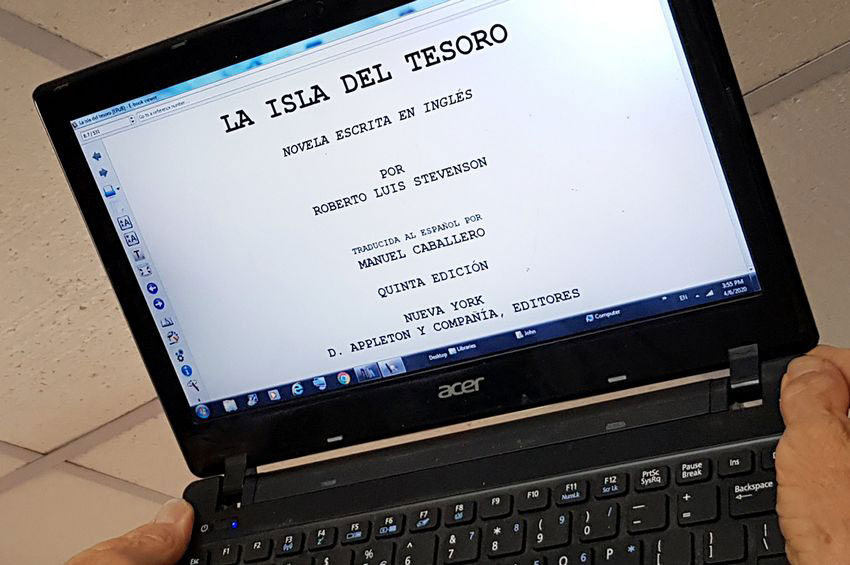
I hate to say this, but I missed the crinkle and smell of paper for all of 15 minutes. As for the “heft of a real book,” only five minutes of reading in bed convinced me that most printed books are cumbersome and too heavy. Sorry, an e-reader weighs slightly less than a typical paperback, and turning its pages is far easier (just a tap on the screen will do the trick), but guess what? The screen of an e-book reader is not at all like a computer’s.
An electronic paper surface (such as E ink), for example, is non-glare, non-radiating and not lit from behind. I found it was as readable as paper and totally usable in the brightest sunshine. But the greatest argument for e-readers is, in my opinion, the ease with which you can instantly change the size of the letters to suit the needs of your own eyes.
The one disadvantage I’ve found: if you fall asleep while reading, your Kindle may slide off you, hit the floor and never work again. Solution: make your own loop strap by attaching a long piece of elastic to the back of your device with a trusty, indestructible product like Shoe Goo.
If you opt for a Kindle, that bestseller you heard about will download into it (with no work on your part) a half-second after you pay for it on Amazon. Now, if you’re upset that e-books cost about the same as paper books, note that Amazon regularly drops the prices of certain e-books literally to nothing or almost nothing on certain days.
To find websites that announce these short-lasting bargains, go to Free Kindle Books & Tips, Kindle Nation Daily or Kindle Buffet. Each of these sources lists different bargain books.
Want to read the classics? You’ll find over 60,000 of them at Project Gutenberg, said to be the oldest digital library in the world and containing mostly older literary works published before 1924.
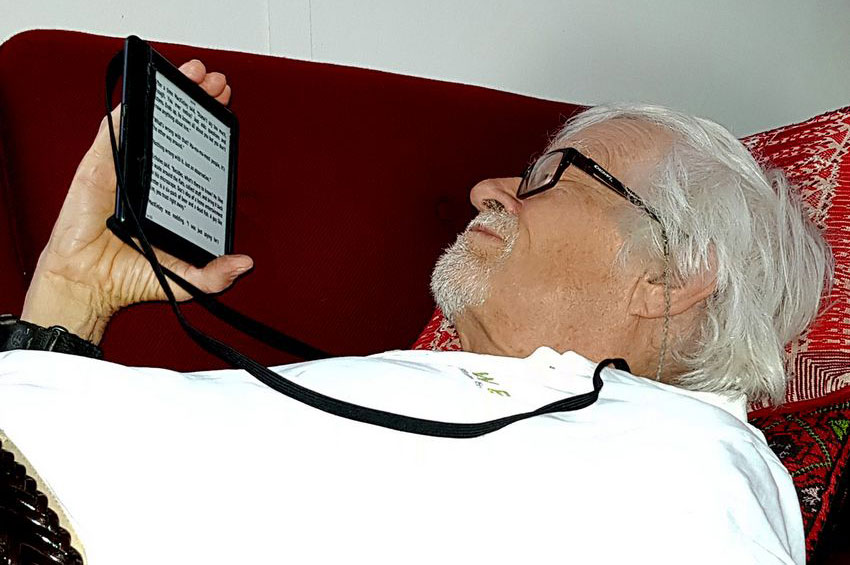
According to Encyclopaedia Britannica, Project Gutenberg is a nonprofit organization that got its start on the 4th of July, 1971, when a student at the University of Illinois, Michael Hart, decided to type the U.S. Declaration of Independence into the school’s computer system for distribution free of charge. Hart then went on to type in the works of William Shakespeare and the Bible.
It’s hard to believe, but it seems Hart transcribed around 100 books over the following 20 years and in time the project grew to include thousands of volunteers around the world. In the 1990s, scanning (with Optical Character Recognition) began to replace transcribing and the number of public works in the library grew to a thousand in 1997.
Optical Character Readers, of course, make mistakes and through an organization called Distributed Proofreaders, an army of volunteers work to correct them. Thanks to their efforts, nearly 40,000 properly scanned books have been added to Project Gutenberg which, by the way, now has works in 50 different languages.
As for me, the first book I downloaded from Project Gutenberg was The Gentle Grafter, a collection of great short stories with surprise endings by O. Henry. I enjoyed this book when I came upon it in the library of my high school all those many years ago. Today the slang is just a wee bit out of date, but many of the stories are as funny and entertaining now as they were then.
All the above sources are legal, but if you agree with Ben Franklin, who gave us the free public library, that good books ought to be shared, you might also visit Z-Library, a website “registered in Switzerland” (but who knows where it really is) with over 5,029,804 popular and scientific books and 77,498,431 articles. By the way, Google Safe Browsing Site Status Checker says this website is safe!
Speaking of Ben Franklin, lots of public libraries in the U.S.A. and Canada will be happy to lend you e-books on a regular basis — just check!
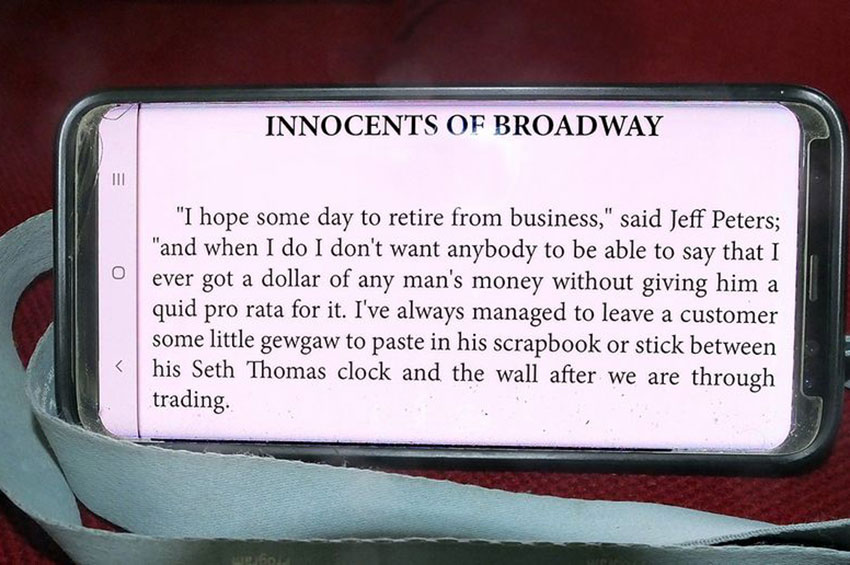
The best way for you to download the e-books mentioned above is with the help of a free program called calibre (yes, with a small c) and once you’ve got your new books, calibre makes it dead easy to download them straight into your Nook, Kindle, Kobo or whatever, converting each title into the proper format you need, no matter which brand of device you’re using.
But calibre does much more than that. It’s also your personal library catalog, listing all the books you have, authors’ names, descriptions and images of the covers. And if any of the data about a book are incorrect, you can click on the edit button and fix the mistake, or you can download correct info about your book from the internet, and maybe change the look of the cover to something you like better.
In addition to all that, calibre has its own built-in e-reader which, once again, is extremely easy to use.
This excellent program was developed by Kovid Goyal, a CalTech graduate with a doctorate in quantum computing who lives in Mumbai, India. Goyal works on calibre for about 80 hours a week and answers some 50 messages from users per day. Every time somebody suggests a well-thought-out improvement, Goyal updates calibre.
The result is is a truly intuitive program that everyone from small kids to grandmas find easy to to use. So it’s no surprise that calibre has been installed more than 18 million times since Goyal began working on it in 2009.
At this point you may be saying, “OK, I’m convinced it’s easy to read an e-book using calibre, but how much fun is it to read a novel while you’re sitting down in front of a computer? How about if I want to read The Gentle Grafter while I’m lying in bed?”
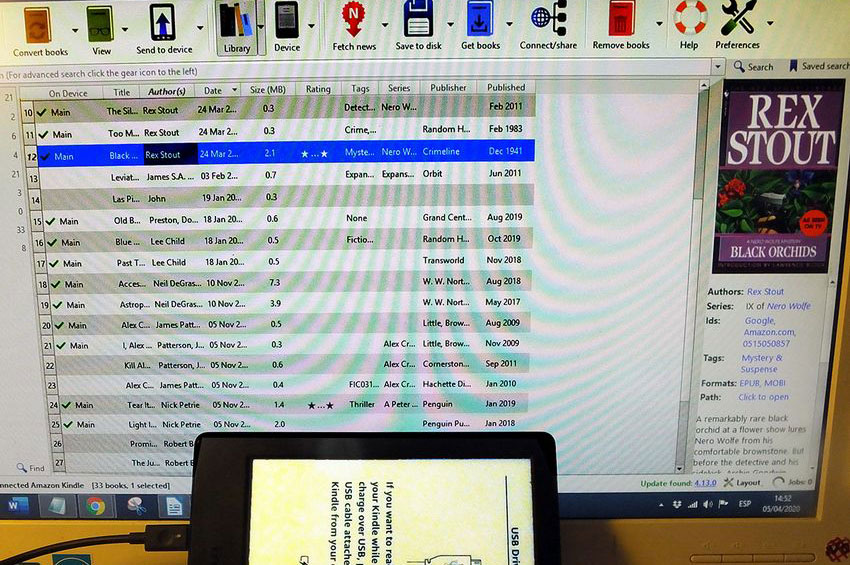
Well, you could just buy yourself a Kindle. But if that’s not in your immediate plans, your smartphone will do almost as well. OK, the smartphone screen is pretty small, but you can instantly enlarge the text to the size you want and flicking to the next page is really easy.
All you have to do is download an app for reading e-books — Media365, for example, which is free. Through this app you can search the internet for great books and, with just a tap, download them from sites like Gutenberg or Amazon. Then, at last you can stretch out on your bed or sofa and begin reading The Gentle Grafter. But, of course, should you fall asleep, that could be the end of your mobile — but not mine because, as you may have guessed by now, I have a homemade strap attached to that, too.
Happy reading!
The writer has lived near Guadalajara, Jalisco, for more than 30 years and is the author of A Guide to West Mexico’s Guachimontones and Surrounding Area and co-author of Outdoors in Western Mexico. More of his writing can be found on his website.
